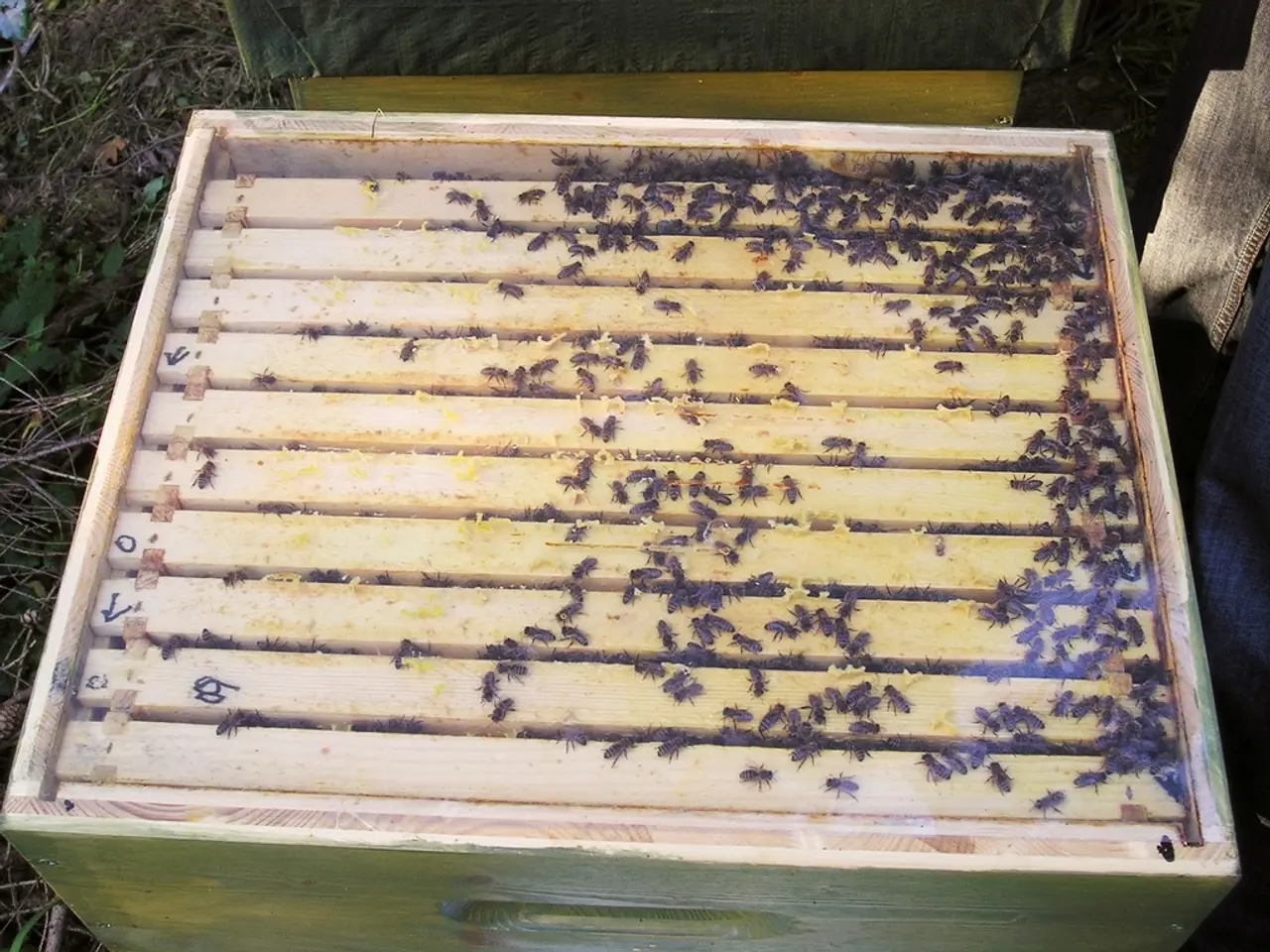At the Park, Your Dog's Highest Risk for Roundworm Infection
In a recent research study published in PLOS Neglected Tropical Diseases, scientists at Trinity College in Ireland have discovered high levels of dog roundworm (Toxocara canis) contamination in dog parks across the city of Dublin.
The study, which collected and analyzed soil samples from 12 dog parks, found that the most heavily contaminated areas are typically locations where dog feces accumulate or are not promptly removed. These high-contamination sites can include soil in shaded, moist areas and around dog feces piles or latrines within parks.
To prevent the spread of Toxocara canis eggs, the researchers emphasize the importance of prompt feces removal by owners. They suggest providing ample and visible dog waste disposal bins and bags, as well as public awareness campaigns about the risks of roundworm infections. Enforcement of local regulations requiring feces removal can also reduce contamination.
The study found that 75% of the parks in Dublin had roundworm eggs in their soil samples, with the entrances being the most heavily contaminated. This finding supports the idea that entrances are likely to be the most contaminated areas, as owners frequently report their dogs pooping as soon as they get to the park.
While the study findings are limited to parks in Dublin, similar studies in other countries, including the U.S., have found that dogs visiting parks often carry a wide variety of parasites, including roundworms. The researchers note that regular deworming of pet dogs and cats could be part of efforts to prevent the spread of these parasites.
It's important to note that dogs are the definitive host for Toxocara canis, meaning they are needed for the worms to reach adulthood, mate, and lay eggs. The eggs can be ingested by other dogs, restarting the life cycle, or by secondary hosts, which can later be consumed by dogs, passing the infection along.
While humans are not the definitive host for Toxocara canis, they can still accidentally ingest the eggs. Even when the infection in humans is a dead-end, the eggs can still cause health problems like blindness and seizures. Humans can also become accidental hosts for the related cat roundworm (Toxocara felis).
The study's researchers emphasize the need for monitoring to track whether interventions are working effectively. They suggest that interventions to discourage dog fouling, such as focusing efforts near park entrances, could help reduce the spread of these parasites.
In conclusion, the study reveals high levels of dog roundworm contamination in Dublin dog parks, with the most contaminated areas being feces-contaminated soil spots. The best prevention is consistent, responsible feces cleanup by dog owners supported by park management measures.
- Technology could play a role in addressing this issue, as Gizmodo reported on an app called PawTracks, which uses GPS tracking to help owners find spots in parks that are safe for their pets to play.
- In terms of future health-and-wellness measures for pets, regular deworming as suggested by the study could be integrated into a pet's routine lifestyle checks.
- The study findings underscore the importance of promoting health-and-wellness awareness not only for pets but also for humans, as Toxocara canis can potentially cause severe health problems in both dogs and their human companions.
- As governments and municipalities look to improve public spaces like dog parks, they may consider implementing technology solutions, such as smart trash cans that alert park maintenance when waste disposal bins are full, to ensure efficient and consistent waste management and help minimize pet-related health concerns.




